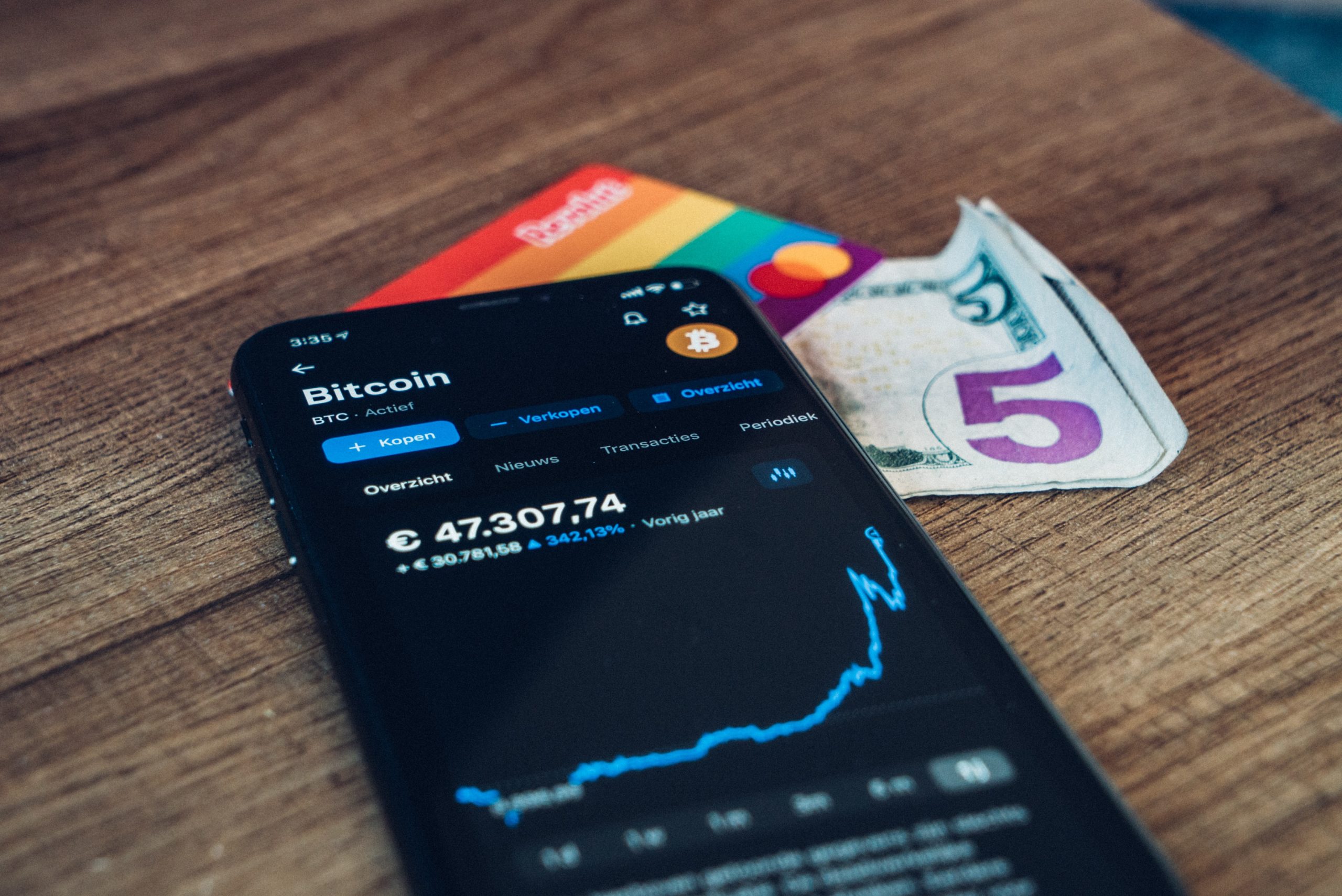We took the Revolut crypto quiz so you don’t have to
 Image: Unsplash
Image: Unsplash
We took the Revolut crypto quiz so you don’t have to
Words: Ellen Kenny
Revolut used to ask you to refer a friend. Now it’s asking you to refer a crypto bro.
Revolut have entered an interesting new era of cryptocurrency, it seems. The banking app has teamed up with cryptocurrency Polkadot to educate users on all things crypto. Of course, they need to really incentivise users to actually take the time to learn about blockchains and crypto assets. We’re not all crypto bros, of course.
So, Revolut is offering users money in exchange for watching four videos and taking an assortment of quizes about cryptocurrency and Polkadot. The more videos you watch and quizzes you ace, the more money you get.
We all want free money. But we don’t all have the time to learn about crypto. So we’ve done it for you. We hit the blockchain books and aced those cryptos quizzes so you don’t have to. Find the answers below and don’t say we’re not good to you.
Part One: Get minin’
Question One: What is fiat money?
Money issued by the government.
Question Two: What is the main difference between fiat currencies and cryptocurrencies?
Cryptocurrencies are decentralised, fiat money controlled by a central authority.
Question Three: Who validates transactions on the blockchain?
Special users called Miners or Validators.
Part Two: Focus is key
Question One: Why is cryptography important for cryptocurrencies?
It eliminates the need for a central supervisory authority, avoids double spending and increases security.
Question Two: What are private and public keys?
A public key is like an account number, and a private key is like the associated password.
Question Three: Which statement is true about private and public keys?
It is impossible to find out a person’s private key by looking at their public key.
Part Three: Blockchain boogaloo
Question One: What is a blockchain?
A decentralised database.
Question Two: Who can see the blockchain?
Anyone with a computer and internet access.
Question Three: What distinguishes the blockchain from a regular database?
It is not controlled by a central party and can be viewed by anyone.
Part Four: Vaguely threatening, Revolut
Question One: What regulatory protection does a crypto asset have?
None. Crypto is unregulated in most countries around the world.
Question Two: How much can you lose by buying crypto?
All. The value of your investment could fall to zero.
Question Three: When Wouldn’t It Be Right to Buy Crypto?
If you are in debt or you can’t afford to lose more than you invested.
Part Five: Enter Polkadot
Question One: What are some limitations of early blockchains like Bitcoin?
Low transaction speeds, high fees, and inability to communicate with other blockchains.
Question Two: What is Web Three.0?
A new web-based on decentralised technologies where users have more control over their data.
Question Three: How does Polkadot circumvent some of the limitations of previous blockchains?
It allows multiple blockchains to communicate with each other and process transactions at the same time.
Part Six: *The Chain by Fleetwood Mac plays in the background*
Question One: What is a relay chain?
A blockchain that connects other blockchains together and allows them to communicate.
Question Two: What is a parachain?
A blockchain that connects to the relay chain and works in parallel with other parachains.
Question Three: What problems do parachains and relay chains solve?
The inability of blockchains to communicate with each other.
Part Seven: Crypto-democracy?
Question One: Who can vote for new initiatives like network upgrades on the Polkadot Network?
People holding a DOT token.
Question Two: What is Polkadot’s “On-Chain Treasury”?
A collection of tokens that can be used to support projects that benefit the network.
Question Three: How is Polkadot’s governance system different from some other popular blockchains?
It is governed by a community by vote.
Part Eight: Beyond a shadow of a DOT
Question One: What is the name of Polkadot’s native crypto token?
DOT
Question Two: What is staking your DOT tokens?
Help secure the network by temporarily locking DOT tokens in exchange for a reward in DOT tokens.
Question Three: What is the “bonding” of your DOT tokens?
Blocking tokens to secure a spot for your parachain on the relay chain.
Part Nine: Just get your money and get out of here
Question One: What are some use cases of Polkadot?
NFTs, DeFi, Smart Cities.
Question Two: What distinguishes applications based on Polkadot from the apps on your phone?
Polkadot apps don’t need a middleman for your work and can better protect your data.
Question Three: How do apps communicate on parachains?
Via the relay chain.
Congratulations
You’re now the proud owner of approximately 11 euros worth of crypto. Now you can cash it in and have some extra cash on Revolut. There’s at least a pint and a half in that.
Or you can be sucked in to the world of crypto and wait to see if your stock goes up, and fall right into Revolut’s trap. Personally, I now know far too much about crypto and I’ve lost twenty cent by not cashing in.
Elsewhere on District: Man loses bet and gets a giant Marty Whelan tattoo on his thigh
